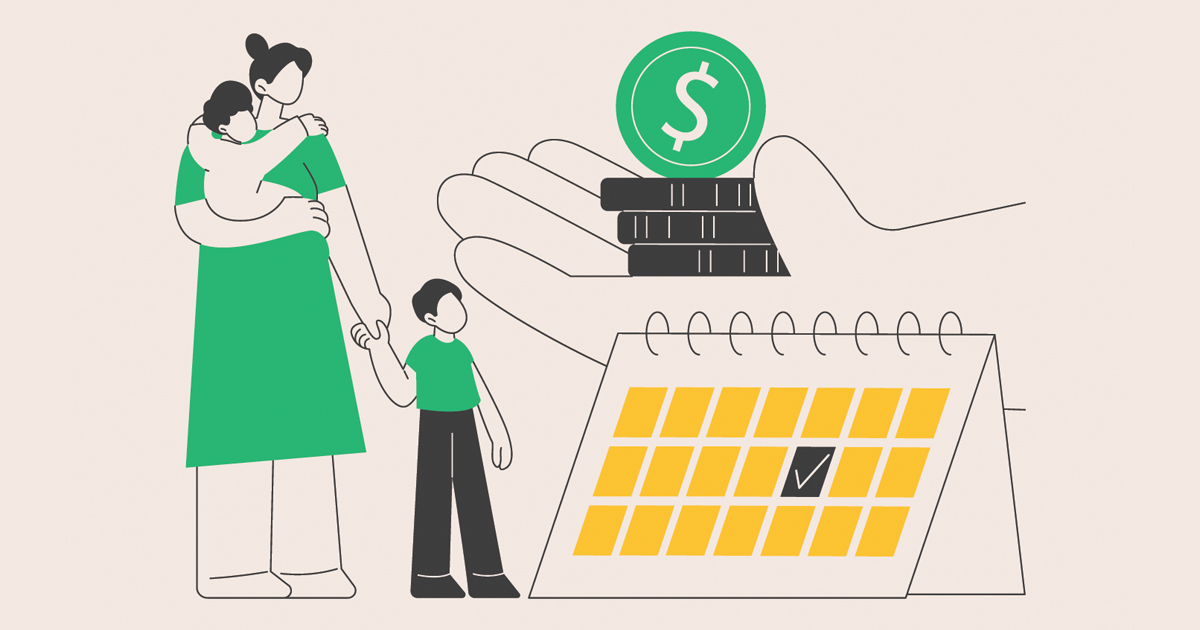
Which Approach Best Protects Your Family and Finances?
When a marriage comes to an end, choosing the right divorce process can make a world of difference, not just financially, but also emotionally and relationally.
In Singapore, divorce can take two primary paths: uncontested (Simplified) or contested. When both parties can agree on the key issues, such as the reason for divorce, custody arrangements, and asset division, the process is usually faster, more affordable, and less stressful.
When divorcing couples cannot agree on certain issues, the case is treated as contested. In most situations, these matters are resolved through mandatory mediation or negotiations before proceeding to a full hearing.
While discussions can sometimes become tense or acrimonious, many couples still manage to find common ground and reach a settlement on matters such as the divorce itself, custody, maintenance, and the division of assets. Only if major disagreements remain will the Court step in to make a final decision.
Couples who wish to avoid the stress of litigation can also consider the Collaborative Divorce process, in which both parties and their lawyers work together to reach a fair settlement through open discussion rather than court proceedings.
The best approach often depends on your priorities — whether it’s minimising conflict, safeguarding your children’s well-being, or protecting your financial security. If you can approach your spouse and communicate reasonably, a collaborative divorce can provide a structured way to resolve issues respectfully and privately. It allows both parties to remain in control of the outcome, work towards practical arrangements for children, and preserve goodwill, which is particularly important when co-parenting will continue after the divorce.
On the other hand, if communication has completely broken down or if there are serious concerns about trust or safety, a traditional divorce process through the courts may be more suitable, as it provides clear legal safeguards and judicial oversight.
Understanding the key differences between these two paths can help you make an informed decision about the approach that best fits your situation.
How Divorce Proceedings Work in Singapore
Traditional divorce proceedings are conducted within the Family Justice Courts, following the formal legal process set out in the Women’s Charter.
A divorce involves two stages:
- The dissolution stage, where the court determines whether the marriage has irretrievably broken down.
- The ancillary stage, which deals with issues such as division of matrimonial assets, maintenance, and child custody.
This process often involves legal representation, mediation, affidavits, and hearings before a judge. If disputes remain unresolved, the court ultimately decides the outcome. While this system ensures fairness under the law, it can sometimes be adversarial, lengthy, and emotionally draining.
Understanding the Collaborative Divorce Process in Singapore
The Collaborative Family Practice (CFP) model offers a non-adversarial alternative. Under this approach, each spouse is represented by their own collaboratively trained lawyer, who is committed to helping both parties reach fair and practical solutions without resorting to court proceedings.
The (CFP) lawyers work together, rather than against each other, to guide discussions constructively, focusing on open communication, respect, and mutually acceptable outcomes that prioritise the family’s long-term well-being.
By signing a Participation Agreement, both parties commit to resolving all matters outside of litigation. If either spouse decides to proceed to court, the collaborative lawyers must withdraw, ensuring that everyone has a genuine incentive to cooperate.
Ms Gloria James was among the early adopters of the Collaborative Family Practice process in Singapore. Drawing on her extensive experience, Ms James has helped many clients reach amicable and practical settlements through the collaborative process.
Steps Involved in a Collaborative Divorce
- Initial Consultation: Each spouse meets with their collaborative lawyer to discuss goals and concerns.
- Signing the Participation Agreement: This formal document outlines the commitment to resolving disputes through alternative means, without resorting to court intervention.
- Joint Meetings: The parties, their lawyers, and occasionally neutral professionals (such as counsellors), meet to identify issues and work towards fair solutions.
- Negotiation and Agreement: The discussions focus on future needs rather than past grievances.
- Final Consent Order: Once an agreement is reached, it is formalised and submitted to the Family Justice Courts for approval. The Court will review the terms to ensure they are fair and comply with legal requirements.
Once approved, the agreement is recorded as a Consent Order, making it legally binding on both parties. The divorce then proceeds as an uncontested administrative process, with neither party required to attend court.
Key Differences Between Collaborative and Traditional Divorce in Singapore
Cost and Efficiency
: Traditional divorce cases often incur high costs due to multiple hearings and long timelines. In contrast, Collaborative Divorce is generally more efficient, as it avoids lengthy litigation and limits contested proceedings, resulting in a more cost-effective overall process.
Duration and Process Time
: Traditional Court proceedings can take many months, or even years, especially in high-conflict cases. In contrast, a Collaborative Divorce can be resolved more quickly, depending on how readily both parties cooperate and exchange information.
Confidentiality and Control Over Decisions
: Traditional divorces take place in court, which means sensitive information may be recorded in public documents. Collaborative Divorce meetings, however, occur in a private setting, allowing couples greater control over the process and its outcomes.
Impact on Co-Parenting and Future Relations
: Litigation can strain relationships between parents, making future co-parenting more difficult. A Collaborative Divorce fosters a cooperative mindset that can help preserve communication and trust, laying a better foundation for shared parenting after separation.
Emotional Climate and Support
: In collaborative settings, neutral professionals may assist with managing emotions and communication breakdowns. This can significantly reduce stress and promote healing for both parties, especially where children are involved.
Flexibility and Creativity in Solutions
: Unlike court judgments, which must follow strict legal formulas, Collaborative Divorce allows for customised agreements, for instance, unique parenting arrangements or asset distribution plans that reflect each family’s priorities.
My Personal Reflection
“Over the years, I’ve seen how the tone set during a divorce can shape the years that follow.
A collaborative approach provides couples with the opportunity to resolve issues respectfully, preserve their dignity, and focus on their children’s future.
I believe in guiding families through this transformative period, helping parents learn to co-parent effectively and create an environment where their children can truly thrive.
Staying true to my belief in supporting divorcing couples with empathy and balance, I see the collaborative process as a way to help families move forward with clarity, confidence, and renewed purpose.” — Ms Gloria James, Head Lawyer, GJC Law
Frequently Asked Questions About Collaborative Divorce
Is Collaborative Divorce suitable for everyone?
Not always. It works best when both spouses are willing to cooperate, share information honestly, and focus on reaching fair solutions.
What happens if we cannot reach an agreement?
If the collaborative process breaks down, both lawyers must withdraw, and each party will need to engage new representation for court proceedings.
How long does a Collaborative Divorce usually take?
Timelines vary, but most cases settle much faster than traditional litigation, as meetings can be organised directly between the parties and their lawyers. Typically, it involves 2 to 4 sessions over a period of 2 to 3 months.
Will the court still be involved?
Yes, only once an agreement is reached must it be submitted to the Family Justice Courts for formal approval as a Consent Order.
How can I start the Collaborative Divorce process?
You can begin by contacting a collaboratively trained lawyer. At GJC Law, Ms Gloria James can guide you through the process and help determine whether this approach is suitable for your situation.


We’re here for you
At your initial consultation, our divorce lawyers will help you explore whether a Collaborative approach is the best option.
We aim to ensure that your divorce case goes smoothly and as efficiently as possible.










